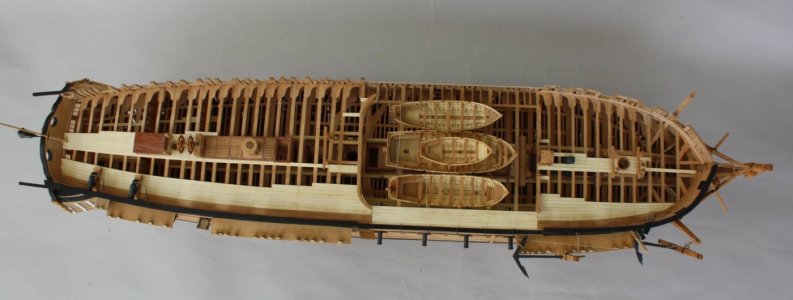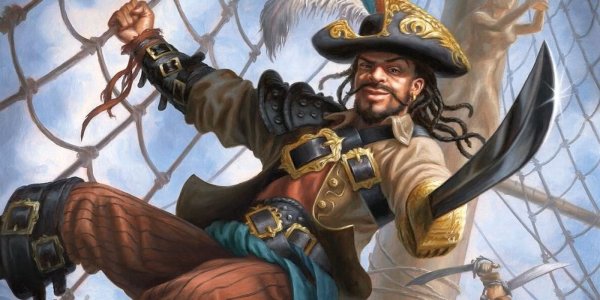Ahoy, ship modelers!
When building your models, do you strive for pinpoint historical accuracy, meticulously following blueprints and period details, or do you let your imagination run wild with creative flourishes? Maybe you’re somewhere in the middle, blending authentic designs with personal touches. Let’s dive into this debate!
For the purists, tell us: what’s your process for researching ships like the Falcusa or HMS Victory? What resources (books, plans, museum visits) do you swear by to get every plank and rigging knot just right? Share pics of your historically faithful builds and any challenges you faced chasing accuracy.
For the free spirits, we want to hear about your creative twists! Have you added a custom figurehead, tweaked a ship’s colors, or invented a fictional vessel with a wild backstory? Show off your unique creations and explain what inspired your artistic choices.
And if you balance both, how do you decide where to stay true and where to experiment? Drop your builds, tips, and stories below—let’s see those ships and hear your thoughts! Bonus points for sharing your favorite historical detail and a creative tweak you’re proud of.
When building your models, do you strive for pinpoint historical accuracy, meticulously following blueprints and period details, or do you let your imagination run wild with creative flourishes? Maybe you’re somewhere in the middle, blending authentic designs with personal touches. Let’s dive into this debate!
For the purists, tell us: what’s your process for researching ships like the Falcusa or HMS Victory? What resources (books, plans, museum visits) do you swear by to get every plank and rigging knot just right? Share pics of your historically faithful builds and any challenges you faced chasing accuracy.
For the free spirits, we want to hear about your creative twists! Have you added a custom figurehead, tweaked a ship’s colors, or invented a fictional vessel with a wild backstory? Show off your unique creations and explain what inspired your artistic choices.
And if you balance both, how do you decide where to stay true and where to experiment? Drop your builds, tips, and stories below—let’s see those ships and hear your thoughts! Bonus points for sharing your favorite historical detail and a creative tweak you’re proud of.












